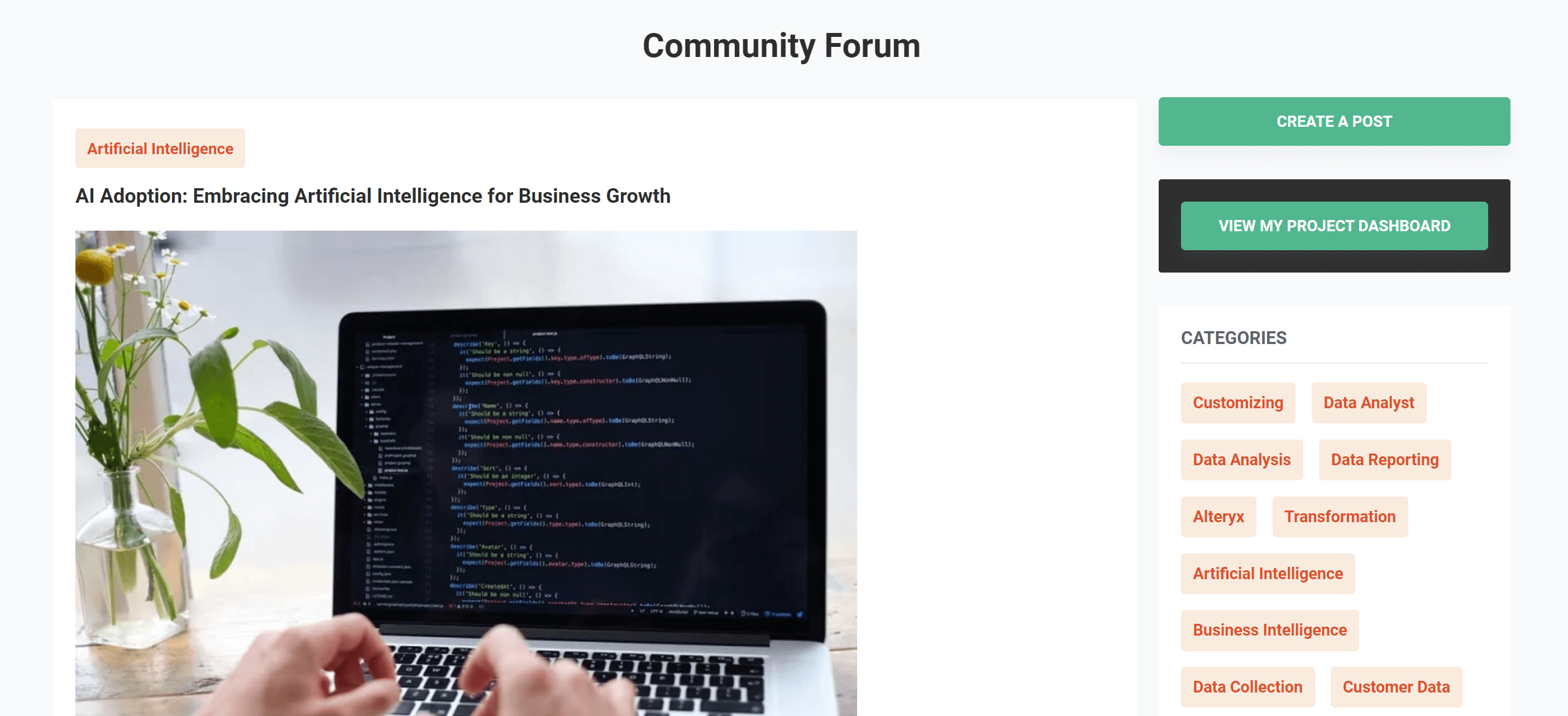MongoDB Data Modeling

Overview
Data modelling in MongoDB is a crucial aspect of database design, determining how data is structured and organised within the NoSQL database. Unlike traditional relational databases, MongoDB employs a flexible, document-based data model that offers numerous advantages.
1. What is Data Modeling in MongoDB?
Data modeling in MongoDB refers to the process of designing and structuring how data is organised and stored within a MongoDB database. MongoDB is a No-SQL database that uses a document-oriented data model, which means that data is stored in flexible and semi-structured documents. Data modeling in MongoDB involves making decisions about how data will be represented, related, and accessed, with a focus on creating an efficient and effective database structure.
Key aspects of data modeling in MongoDB include:
- Documents: MongoDB stores data as BSON (Binary JSON) documents. Each document is a self-contained unit of data, similar to a row in a relational database, but with more flexibility regarding the data’s structure.
- Collections: Documents are organized into collections, which are analogous to tables in relational databases. Collections group related data together.
- Fields: Documents consist of fields, which are key-value pairs. Fields can contain various data types, including strings, numbers, arrays, and even other documents.
- Schema Flexibility: MongoDB provides flexibility in schema design, meaning that documents within a collection do not have to adhere to a fixed schema. This flexibility allows for easy adaptation to changing data requirements.
- Normalization vs. Denormalization: Data modeling decisions often revolve around whether to normalize (split data into separate collections and reference them) or denormalize (embed related data within documents). The choice depends on the specific use case and query patterns.
- Indexing: Proper indexing is crucial for efficient query performance. Data modeling should consider which fields to index to optimize query speed.
- Data Relationships: Data modeling decisions also involve determining how data is related, including one-to-one, one-to-many, and many-to-many relationships.
- Validation: MongoDB allows you to define data validation rules to ensure that documents meet specific criteria or constraints, ensuring data quality and consistency.
Types of Data Models in MongoDB
In MongoDB, there are two primary document modeling techniques: the Embedded Data Model and the Reference Data Model. These two models serve different purposes and are chosen based on the specific requirements of your application and data.
- Embedded Data Model:
- In the Embedded Data Model, related data is stored within a single document. This is achieved by nesting one document inside another, often as an array of embedded documents.
- Advantages:
- Faster Read Operations: Retrieving related data is efficient because all the necessary information is in one place.
- Simplified Querying: Queries for a single document can retrieve all required information, reducing the need for complex joins.
- Better for 1:1 and 1:N Relationships: Embedded models work well when there’s a one-to-one (1:1) or one-to-many (1:N) relationship between the main document and its related data.
- Use Cases: Embedded data models are suitable for scenarios where data relationships are simple and the related data doesn’t frequently change. Common use cases include blog posts with comments, user profiles with contact details, and product listings with reviews.
- Advantages:
- Reference Data Model:
- Use Cases: Reference data models are suitable for more complex data relationships, such as many-to-many (N:N) relationships, and when related data frequently changes. Examples include e-commerce orders with products, social networks with user friendships, and a library system with books and authors.
The choice between these two models depends on factors like data access patterns, data consistency requirements, and the complexity of the data relationships. In practice, a combination of both models is often used within a MongoDB database to optimize data storage and retrieval based on specific use cases.
Compatibility
You can incorporate the following data model design elements to tailor your database deployments for specific hosting environments:
MongoDB Atlas is a fully managed cloud service designed for deploying and managing MongoDB databases. This service offers numerous advantages and features for organizations seeking a hassle-free and scalable solution for their MongoDB deployments
MongoDB Enterprise is a subscription-based, self-managed edition of MongoDB, a popular NoSQL database management system. This version is tailored for organizations and businesses that require advanced features, comprehensive support, and additional capabilities beyond what is available in the free, open-source Community Edition of MongoDB.
MongoDB Community is the free-to-use, self-managed version of MongoDB, which is an open-source NoSQL database management system. It is designed for developers, small projects, and applications that do not require the advanced features and support offered in the subscription-based MongoDB Enterprise version.
Conclusion:
In summary, data modeling stands as a vital asset for contemporary enterprises, influencing key facets of organizational operations.The crucial advantages encompass data uniformity and reliability, essential for accurate analytics and reporting.It plays a pivotal role in early identification and resolution of data quality concerns. Lastly, it facilitates efficient database design and development, resulting in cost-efficiency and a competitive edge in the fast-paced business landscape. Adopting data modeling is strategic for businesses seeking to fully leverage their data’s potential and achieve success.
Get your data results fast and accelerate your business performance with the insights you need today.



